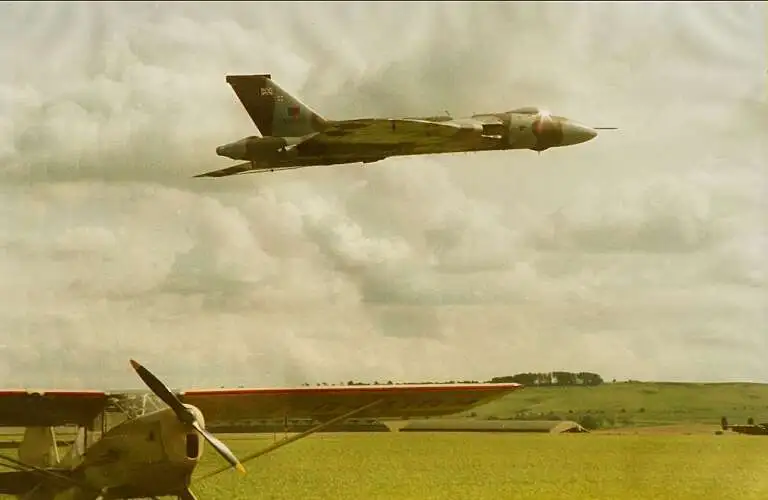
It started with a wink
It was a bright, sunny day at the Wroughton Airshow, the day Dr Robert Pleming first laid eyes on Vulcan XH558 in the late 1980s.

There are up to 5 solar eclipses every year and a total solar eclipse about every 18 months. One of those total solar eclipses fell on 8 April 2024.
What was special about this particular eclipse was it crossed North America. The estimate was that 32 million people lived in path of totality and a further 3 million would travel into the area.

Area of totality is when someone turns the Sun off, for those of you who had the chance on 11th August 1999 to see totality in the south of England or northern France you will know what a spooky feeling it is, no sound, the birds go to sleep, darkness falls and it really is eery, then it all gets light again.
The Totality in the USA was for a maximum of just about 4.5 minutes. So if you were a keen umbraphile would you not snap at the chance to watch the eclipse for 6.5 – 7.0 minutes. Well, that what NASA wanted to do. The question was, how?
Simple. Buy British… Well not strictly speaking, but here’s the story. Back in 1950 the USAF was looking for an aircraft to replace the B-26 Invader and in 1951 was to make it’s final selection.
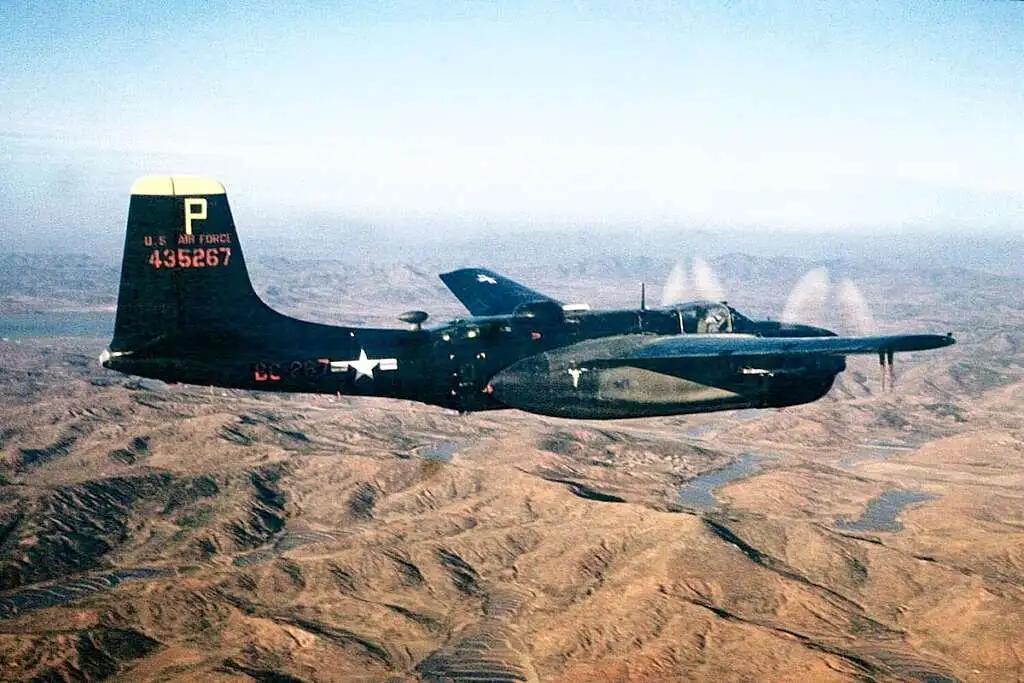
The RAF flew an English Electric Canberra B.2 in the hands of Roland Beaumont to the USA, unofficially breaking the transatlantic speed record but also recording the first non-stop transatlantic crossing without refuelling. To say the Canberra wiped the floor with the competition would be an understatement. That same design is the same as our own Canberra’s WK163 and WT327.
The USAF liked the aircraft so much that a deal to manufacture the aircraft in the ‘states was struck and so into history came the Martin B-57 with several variations from A to F and a couple of extra, R being reconnaissance and W being weather.
The WB-57F was the last variant, modified from the original Canberra design but retaining the fuselage, landing gear, and horizontal tail. These aircraft were deployed throughout the world for testing of atmospheric sampling from nuclear tests. Having had their wings extended using a local US design, in the late 1960’s early 1970’s the wings started to shown signs of stress corrosion proven to be through the use of poor material selection. As it was not financially viable to upgrade the entire fleet of 21 aircraft, in 1974 the whole fleet was deactivated. With some 7 placed in storage. But that was not the end.
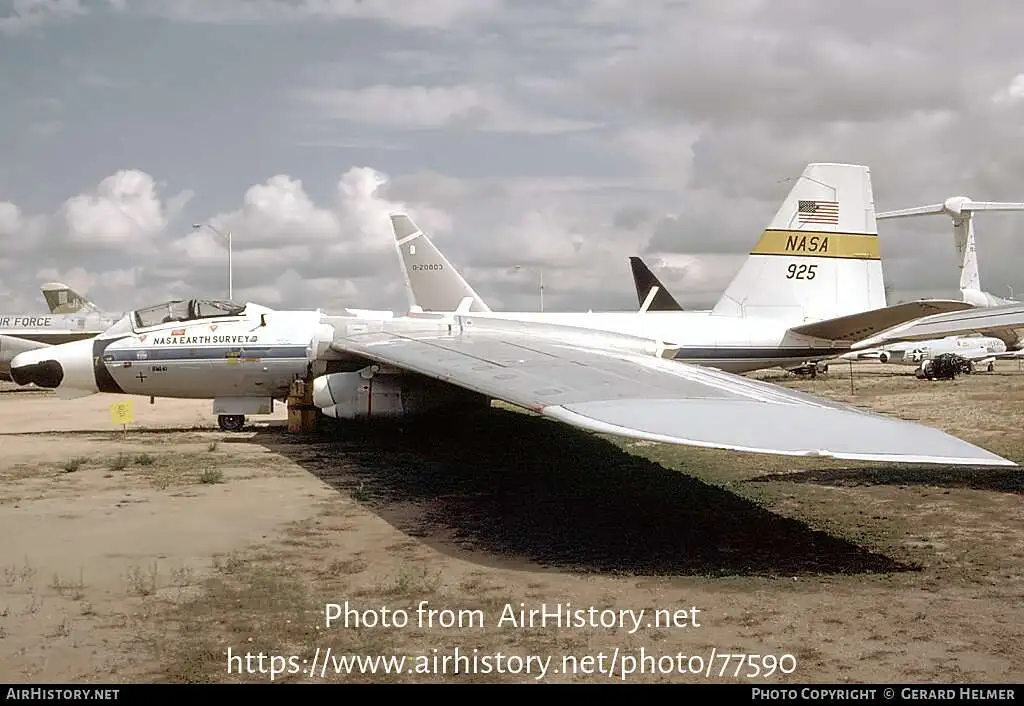
In 1968 NASA wanted the USAF to undertake research missions as part of their Earth Resources Technology Satellite Program. In 1972, USAF thought the cost too high and so transferred the aircraft to NASA. This was NASA 925 which is now in a museum in Tucson, Arizona. When the USAF closed the WRS high altitude programme in 1974, they gave NASA 926 and a little later NASA 928. In 2013 as a tribute to the WB-57F model of aircraft NASA acquired from the Davis-Monthan AFB boneyard what subsequently became NASA 927.
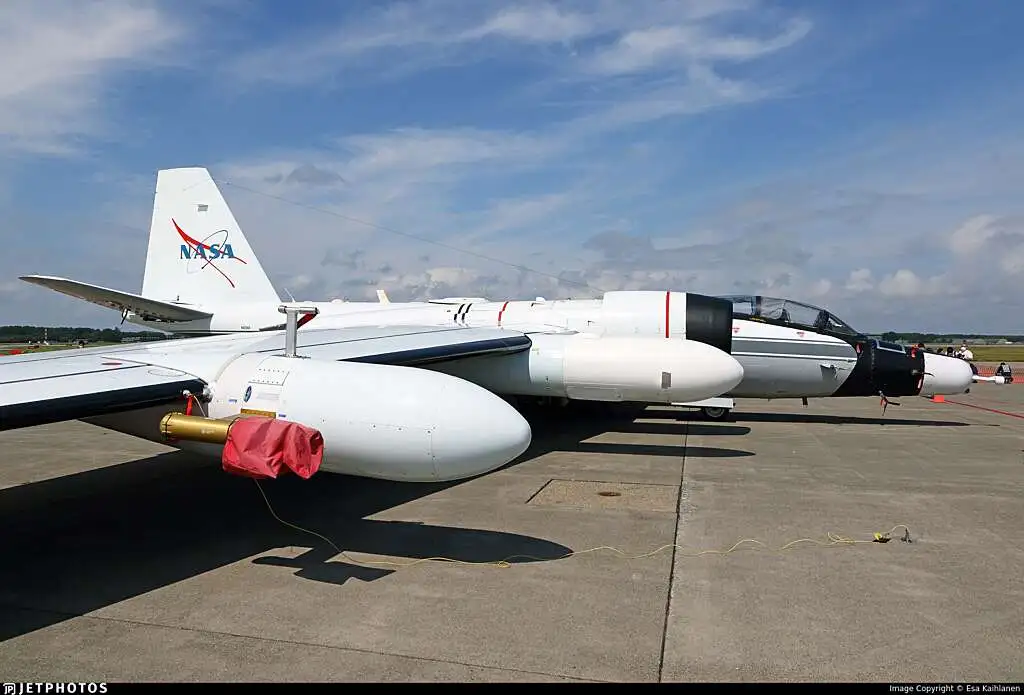
So today NASA still fly the three, 926, 927 and 928, a 75 year old design chasing the sun it seems. For the eclipse they flew two of them, each fitted with 4 cameras, each tailored to pick up specific colours or wavelengths from the electromagnetic spectrum and a large array of additional instrumentation.
Uh-oh, Vulcan getting in on the act!
The high altitude WB-57s cruised at 460 miles-per-hour towards the eclipse from an altitude of 50,000 feet above sea level, recording data on how the sun impacts our ionosphere, how the sun’s own atmosphere works, and incredibly, hunting for long-theorised ‘vulcanoid’ asteroids.
Also collecting data about the sun’s corona. The spectrometers recorded specific wavelengths of EMF spectra that will aid in measuring both the temperature and chemical composition of the corona.
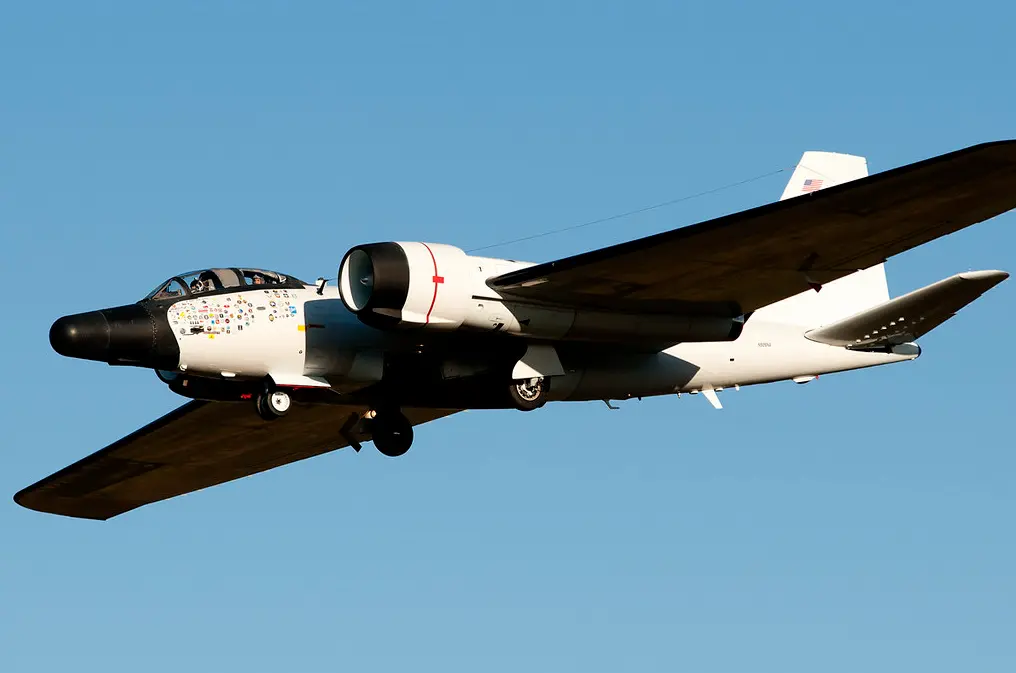
Was it a success? NASA think it definitely was. So with the design of a 75 year old British aircraft we can say we were happy to help.

It was a bright, sunny day at the Wroughton Airshow, the day Dr Robert Pleming first laid eyes on Vulcan XH558 in the late 1980s.
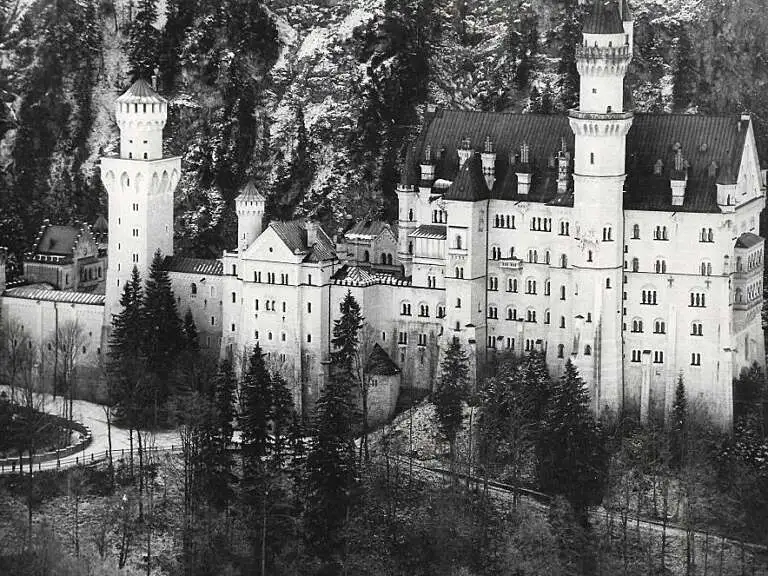
I had flown the Canberra B2 for three years before converting to the Photo Reconnaissance version in 1959. The difference from a three man B2
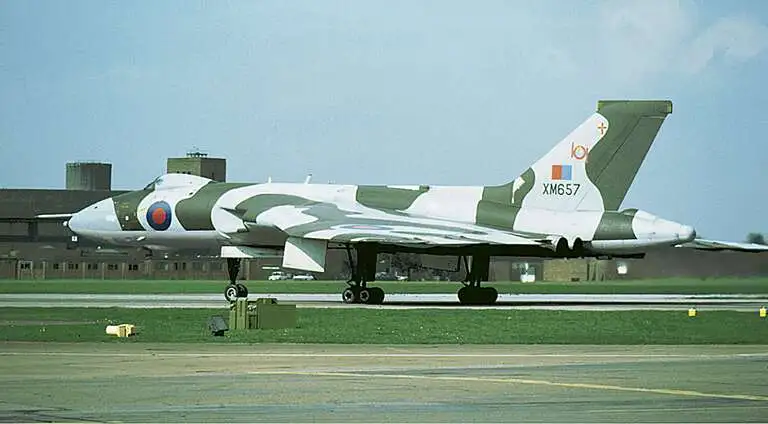
A complete change in the role of the V- Bomber came about during 1963, when it became clear that in the absence of a long-
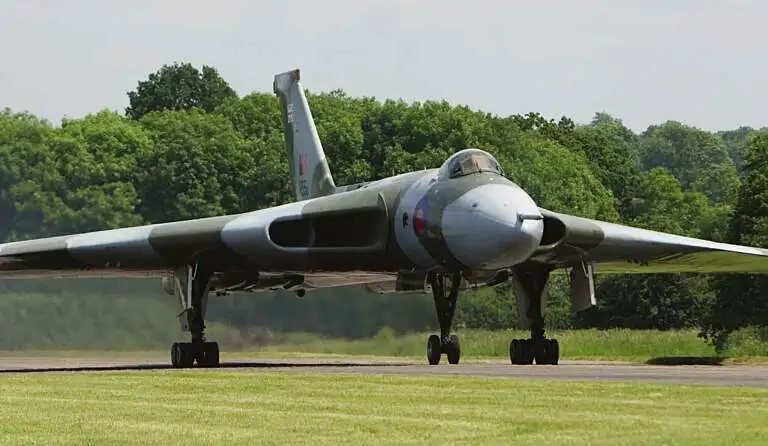
The race was on again to prepare XH558 for the 2009 airshow season. A host of servicing requirements awaited the attentions of the Trust’s engineering